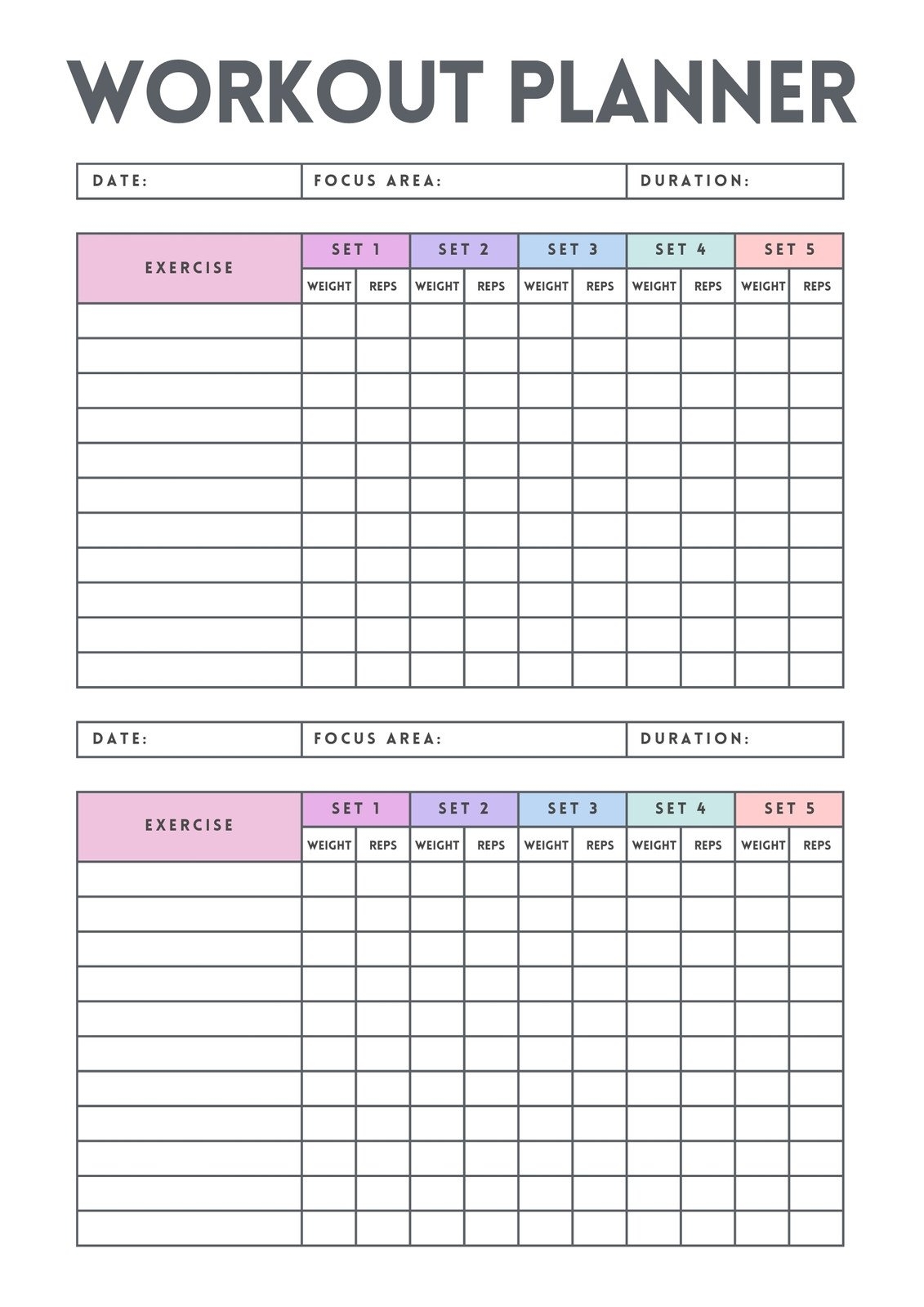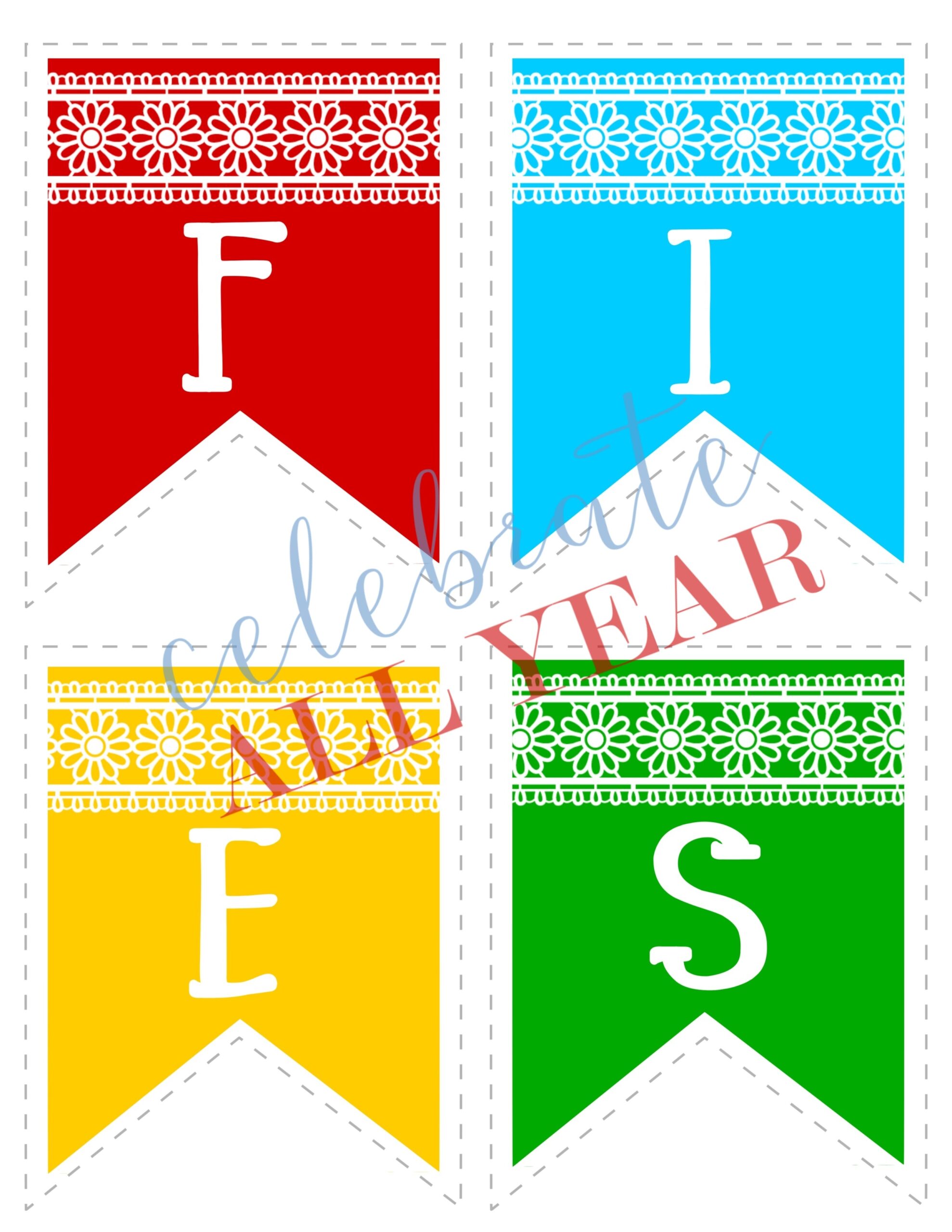The World of 3D Printed Fasteners
Okay, let’s talk latches. Not the kind you find rusting away on grandpa’s old toolbox, but the seriously cool, customizable, and downright futuristic kind you can 3D print right in your own home (or, you know, at your friendly neighborhood maker space). We’re talking about 3D printable latches! Now, before your eyes glaze over, hear me out. These aren’t just flimsy plastic bits that’ll snap the moment you look at them funny. With the right design, the right material, and a little bit of know-how, you can create seriously robust and incredibly useful latches for all sorts of projects. Think custom enclosures for your Raspberry Pi projects, secure lids for your storage containers, replacement parts for broken toys, or even intricate locking mechanisms for your steampunk-inspired creations. The possibilities are genuinely endless. The beauty of 3D printing latches lies in their adaptability. Need a latch that’s exactly 47.3mm long with a specific hook angle? No problem! Just fire up your CAD software, tweak the design to your heart’s content, and hit print. This level of customization is simply unheard of with traditional manufacturing methods. Plus, it’s a fantastic way to learn about design, materials science, and the inner workings of, well, latches! So ditch the pre-made, one-size-fits-all solutions and dive into the world of 3D printed fasteners. You might just surprise yourself with what you can create. We’ll explore materials, design considerations, and some seriously cool applications in the coming sections, so stick around!
Material Matters
So, you’re pumped to print your own latches. Awesome! But before you start loading up your printer with just any old filament, let’s talk materials. The type of plastic you choose will have a HUGE impact on the strength, durability, and overall performance of your latch. Think about it: a flimsy PLA latch trying to secure a heavy toolbox? Yeah, that’s not going to end well. For basic, low-stress applications, PLA (Polylactic Acid) is a decent starting point. It’s easy to print, biodegradable (ish), and comes in a rainbow of colors. Perfect for prototyping or non-critical latches. However, PLA tends to be brittle and can warp in higher temperatures, so it’s not ideal for anything that needs to withstand serious force or outdoor conditions. Next up, we have PETG (Polyethylene Terephthalate Glycol-modified). PETG is like PLA’s tougher, more reliable cousin. It’s stronger, more flexible, and has better temperature resistance. It’s a great all-around choice for latches that need to handle a bit more abuse. Plus, it’s food-safe, so you can even use it for latches on containers storing edible goodies! For heavy-duty applications, ABS (Acrylonitrile Butadiene Styrene) is the king of the hill. This stuff is seriously strong and can withstand high temperatures without warping. It’s perfect for latches that need to endure significant stress, like those on toolboxes, heavy doors, or even custom car parts (if you’re feeling adventurous!). However, ABS can be a bit tricky to print, as it’s prone to warping and requires a heated bed and enclosure. Finally, for specialized applications, consider materials like Nylon (incredibly strong and wear-resistant, but challenging to print) or even flexible filaments like TPU (Thermoplastic Polyurethane) for latches that need to bend or flex. The key takeaway here is to carefully consider the intended use of your latch and choose a filament that’s up to the task. Don’t be afraid to experiment and try different materials to find what works best for you!
Design Principles
Alright, so you’ve got your filament chosen, your printer is humming, and you’re ready to unleash your inner engineer. But hold on a second! Before you just slap together a random latch design, let’s talk about some key design principles that will ensure your creation is strong, reliable, and actually, you know, works. First up: think about the forces your latch will be subjected to. Will it be pulled straight apart? Will it be twisted or sheared? Understanding the direction and magnitude of the forces will help you design a latch that can withstand the stress. Consider adding reinforcing features like ribs, fillets (rounded corners), and thicker sections in areas that are prone to stress. Sharp corners are notorious stress concentrators, so avoid them like the plague! The type of locking mechanism is crucial. Simple snap-fit latches are easy to design and print, but they may not be the most secure. More complex mechanisms, like lever-action latches or cam-locks, can offer greater security but require more intricate designs and tighter tolerances. Tolerances are the allowable variations in dimensions during the 3D printing process. 3D printers aren’t perfectly precise, so you need to account for slight variations in size when designing your latch. Leave a little extra clearance between moving parts to prevent them from binding or getting stuck. Think about the ease of use. Is the latch easy to open and close? Can it be operated with one hand? Consider adding ergonomic features like textured surfaces or finger grips to make it more user-friendly. Finally, don’t be afraid to iterate! Print a prototype, test it out, identify any weaknesses, and make adjustments to your design. 3D printing makes it incredibly easy to refine your designs until you achieve the perfect latch for your needs. Remember, a well-designed latch is a thing of beauty, a testament to the power of engineering and the magic of 3D printing. So take your time, be thoughtful, and create something awesome!
Applications Galore
Now that you’re armed with the knowledge of materials and design, let’s brainstorm some awesome applications for your newfound 3D printable latch skills. Seriously, the possibilities are limited only by your imagination! For the organizationally inclined, consider printing custom latches for storage containers. No more flimsy, easily broken latches that send your meticulously organized supplies scattering across the floor! Design latches that are perfectly sized for your specific containers and even add labels or color-coding for extra flair. For the tech enthusiasts, 3D printable latches are a game-changer for electronics projects. Create custom enclosures for your Raspberry Pi, Arduino, or other microcontrollers and secure them with perfectly fitting latches. This not only protects your electronics but also gives your projects a professional, polished look. If you’re a maker or tinkerer, 3D printable latches are essential for creating jigs, fixtures, and custom tools. Need a quick way to hold two pieces of wood together while the glue dries? Design a custom latch that does the trick! Broken a latch on a toy or household appliance? Don’t throw it away! Design and print a replacement latch and give it a new lease on life. And for the cosplay and prop-making community, 3D printable latches are a godsend. Create intricate locking mechanisms for your armor, weapons, and other props and add a touch of realism and functionality to your creations. Beyond these specific examples, 3D printable latches can be used in countless other applications, from securing gates and doors to creating custom closures for boxes and containers. The key is to think creatively and identify opportunities where a custom-designed latch can solve a problem or improve a design. So go forth and explore the endless possibilities of 3D printable latches! Your imagination is the only limit.
The Future of Fasteners
The world of 3D printable latches is constantly evolving, with new materials, designs, and applications emerging all the time. So, what does the future hold for these versatile fasteners? One exciting trend is the development of stronger and more durable materials specifically designed for 3D printing. We’re talking about high-performance polymers, composites, and even metal filaments that can create latches that rival the strength of traditionally manufactured parts. This will open up new possibilities for using 3D printed latches in more demanding applications, such as automotive, aerospace, and industrial settings. Another area of innovation is in the design of more complex and functional latches. We’re seeing the emergence of latches with integrated sensors, actuators, and even microcontrollers that can provide advanced features like remote locking, automatic release, and tamper detection. These smart latches could be used in security systems, robotics, and other applications where advanced functionality is required. As 3D printing technology becomes more accessible and affordable, we can expect to see more and more people using it to create custom latches for a wide range of applications. From hobbyists and makers to engineers and designers, 3D printing is empowering individuals to create their own unique fastening solutions. The rise of online marketplaces and design repositories will also play a significant role in the future of 3D printable latches. These platforms will allow users to share their designs, collaborate on projects, and access a vast library of pre-designed latches that can be customized to their specific needs. In short, the future of 3D printable latches is bright. With ongoing advancements in materials, design, and technology, these versatile fasteners are poised to revolutionize the way we secure and connect objects in countless applications. So, embrace the possibilities and get ready to unlock a world of creativity and innovation with 3D printable latches!
In Conclusion
This exploration has revealed the utility of additively manufactured securing mechanisms. Material selection, design principles, and diverse applications were examined, highlighting the potential of this technology. The suitability of various filaments, the importance of stress analysis, and the breadth of use cases, ranging from domestic to industrial, were all addressed.
The future of these components hinges on advancements in material science and design optimization. Continued research and development will likely broaden their applicability, reinforcing the relevance of customized solutions in an increasingly demanding engineering landscape. Further investigation and practical application are encouraged to fully realize the potential of these customizable mechanisms.


